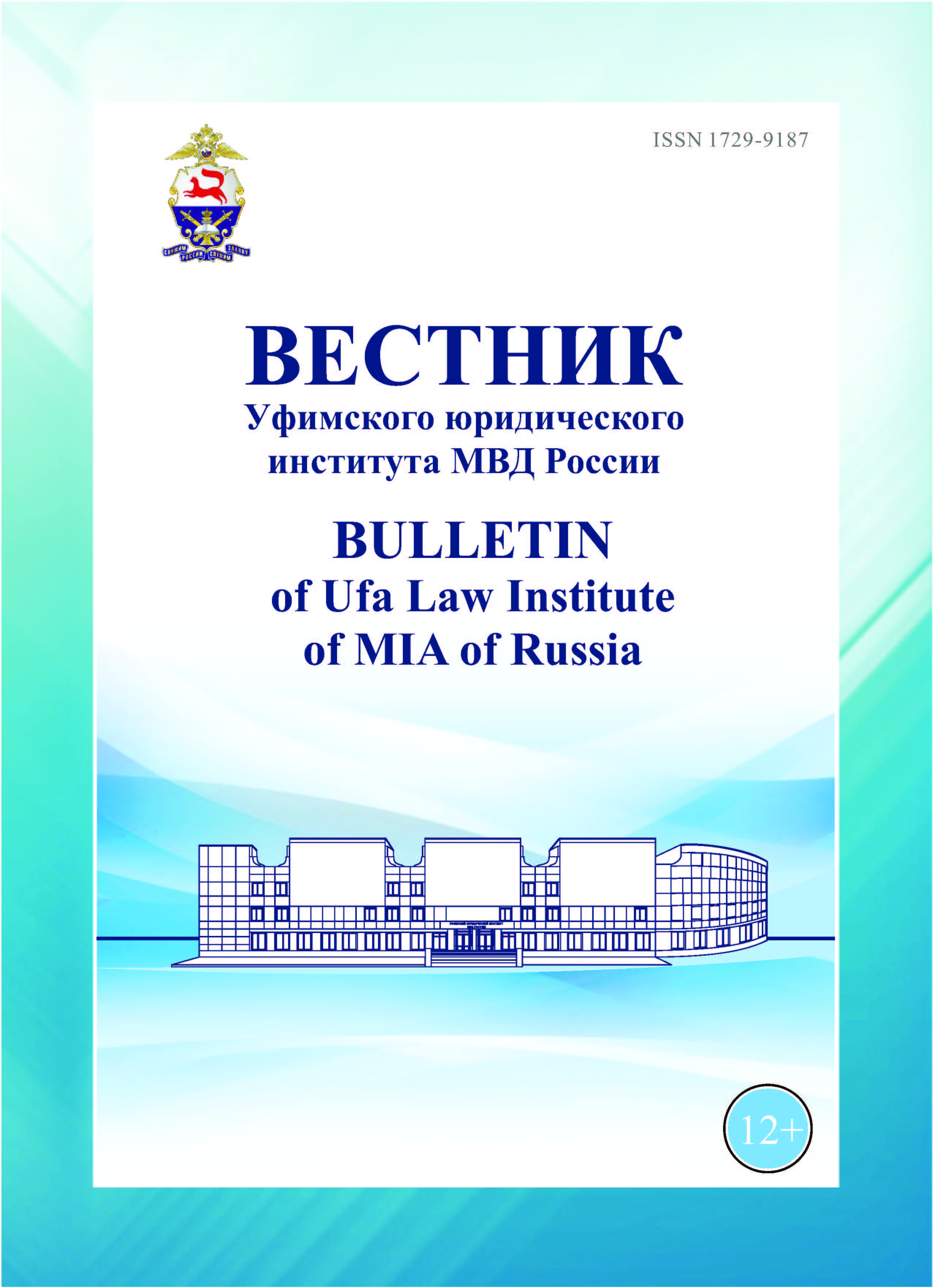UDC 373
The article examines the process of “labeling” through the designation of a person by a nickname. Initially, the analysis of the concept of “nickname” is carried out. When summarizing, the main characteristics of nicknames and the historical sources of their formation were determined. The first practices of the formation of nicknames in the social environment of preschoolers are revealed. Using works of art, the author gives examples of nicknames characteristic of adolescent and youth subcultures, based on the stigma typology of I. Hoffman. The works of G. Yakhina and L. Panteleev show the variety of nicknames among street children. It is important that real-life nicknames are used in these works. At the end of the article, the author’s conclusions are presented, indicating the negative socio-pedagogical consequences of nickname assignment. The emergence of a nickname can become a mechanism for the formation of bullying and trolling among adolescents and youth. This work can be useful for teachers and law enforcement officers.
criminal subculture, teenager subculture, nickname, slang, socialization, stigmatization
1. Pavlovskiy V. V. On the issue of philosophical interpretation of social factors of youth and student slang in Russia // Bulletin of the Krasnoyarsk State Pedagogical University named after. V. P. Astafiev; 2013. No. 1 (26). P. 179–183. (In Russ.)
2. Doronina P. D. On the language of adolescents in social networks // Bulletin of the Ryazan State University named after S. A. Yesenin; 2017. No. 3 (56). P. 136–143. (In Russ.)
3. Bondarenko O. A. Language of youth media // Bulletin of the Adyghe State University. Series 2: Philology and art history, 2013. No. 3 (126). P. 201–206. (In Russ.)
4. Mikhailyuk Yu. V. Expressive syntactic constructions as the main parameters of the speech portrait of a schoolchild // Scientific Thought of the Caucasus. 2013. No. 1. P. 151–155. (In Russ.)
5. Shchennikova E. V. Specialized vocabulary of the language of drug addicts // Bulletin of Moscow University. Series 9: Philology; 2012; no. 3; P. 128–132. (In Russ.)
6. Matiiv T. Z. The term nickname and its use in onomastic research // Bulletin of the Volgograd State Pedagogical University, 2016. No. 8 (112). P. 116–120. (In Russ.)
7. Polyanskaya N. V. Estimated nominations of adolescents (on the example of the Blind and the Sphinx from M. Petrosyan’s novel «The House in Which...») // Philological Aspect. 2018. No. 6 (38). P. 170–183. (In Russ.)
8. Ushakov D. N. Big explanatory dictionary of the modern Russian language: 180,000 words and phrases. Moscow: Alta-Print, 2005. 1239 p. (In Russ.)
9. Podolskaya N. V. Dictionary of Russian onomastic terminology. Moscow: Nauka, 1988. 198 p. (In Russ.)
10. Chichagov V. K. From the history of Russian names, patronymics and surnames. Moscow: Uchpedgiz, 1959. 129 p. (In Russ.)
11. Ozhegov S. I. Dictionary of the Russian language / ed. N. Yu. Shvedova. 22nd ed. erased. Moscow: Russian language, 1990. 917 p. (In Russ.)
12. Dal, V. I. Explanatory Dictionary of the Living Great Russian Language: in 4 volumes. Vol. 3. Moscow: Russian language, 1998. 1782 p. (In Russ.)
13. Bogomaz S. L. Investigation of the characteristics of stigmatization in senior school age by the method of qualitative interviews // Vestnik VGU. 2012. No. 3 (69). P. 70–74. (In Russ.)
14. Kim K. V., Nikolaeva G. I. The attitude to nicknames as a manifestation of stigmatization among students // World of Science. 2018. Vol. 6. No. 6. P. 94–100. (In Russ.)
15. Shchetinin L. M. Words, names, things: Essays on names. Rostov-on-Don: Publishing house Rost. University, 1966. 222 p. (In Russ.)
16. Gorelova L. D. Nicknames and the reasons for their occurrence // Russian speech. 2012. No. 3. P. 107-110. (In Russ.)
17. Bakhtin M. M. Additions and changes to «Rabelais» // Problems of Philosophy. 1992. No. 1. P. 134-165. (In Russ.)
18. Shkuricheva N. A. Nicknames and nicknames of younger students // Primary school. 2013. No. 10. P. 10–15. (In Russ.)
19. Mudrik A. V. Socialization of man. Moscow: Voronezh: MODEK, 2011. 623 p. (In Russ.)
20. Grachev M. A. Linguistic criminalistics. Nizhny Novgorod: Nizhny Novgorod State Linguistic University named after N. A. Dobrolyubov, 2009. 280 p. (In Russ.)
21. Borodina E. M., Demina T. Z. The developing potential of nicknames that exist in the children’s environment // World of Science, Culture, Education, 2021. No. 3 (88). P. 185–187. (In Russ.)
22. Domuschi S. A. Yard nicknames in Voronezh dialects / Voronezh local history: experience, problems and development prospects in the XXI century: materials of the region. scientific and practical local history conference. Voronezh: VGU, 2005. P. 178–180. (In Russ.)
23. Morozova O. E. The concept of youth slang // Bulletin of the Nizhny Novgorod University. N. Lobachevsky, 2015. No. 2 (2). P. 478–482. (In Russ.)
24. Gofman I. Stigma: Notes on the Management of Spoiled Identity. Part 1. Stigma and social identity. Part 2. Control over information and social identity / URL: https://studfile.net/preview/4369310/ (date of access: 28.02.2022). (In Russ.)
25. Yakhina G. Echelon to Samarkand. Moscow: Publishing house AST, 2021. 507 p.
26. Panteleev L. Where are you, the heroes of «Republic Shkid»? / Panteleev L. Slightly opening the door ... Leningrad.: Soviet writer, 1980. P. 187–193. (In Russ.)
27. Golding W. Lord of the Flies. Moscow: Publishing house AST, 2017. 317 p. (In Russ.)
28. Dobson J. C. Parents and Newlyweds: Dr. Dobson answers your questions. Moscow: Center for all mankind. valueswith the participation of the publishing house «Respublika», 1990. 379 p. (In Russ.)









